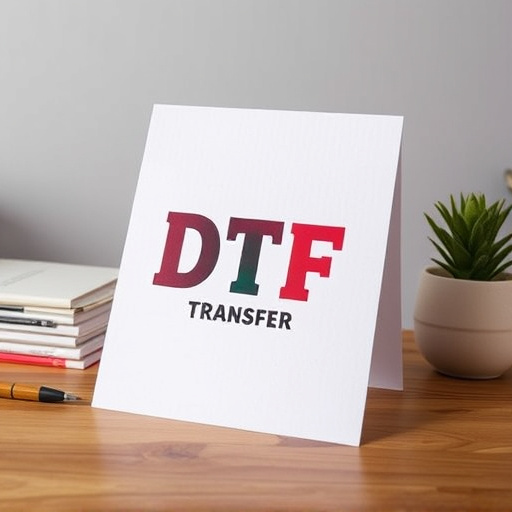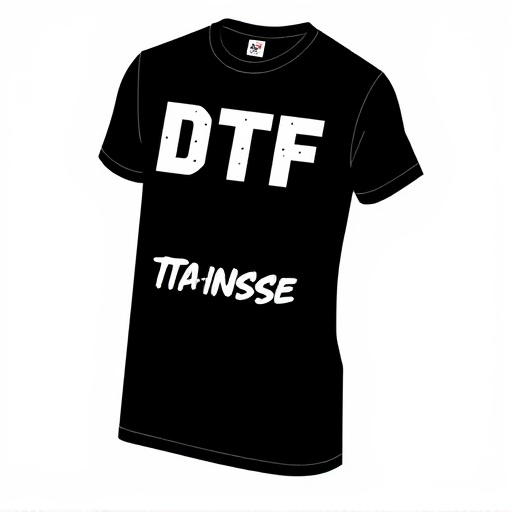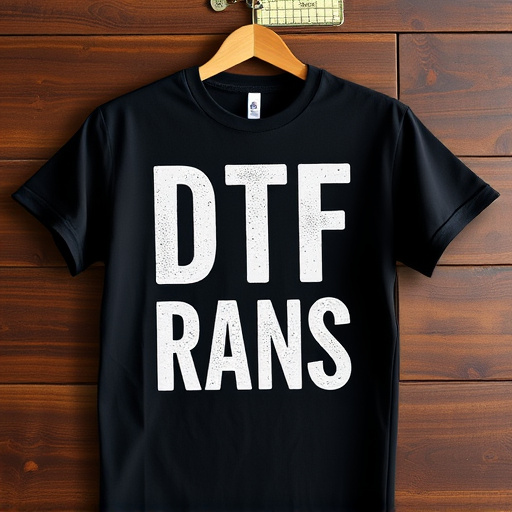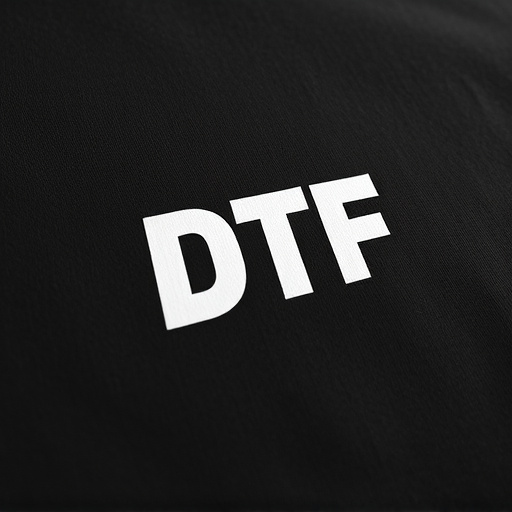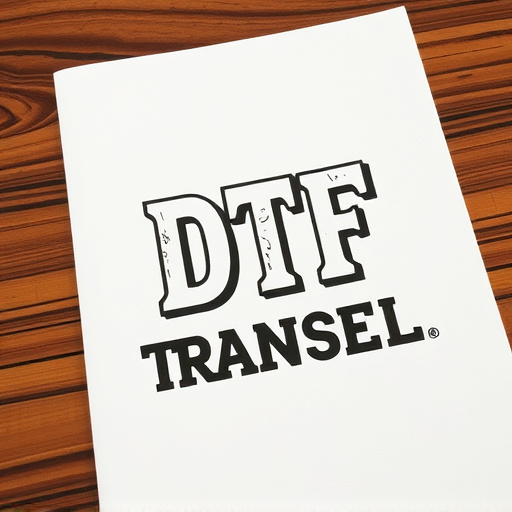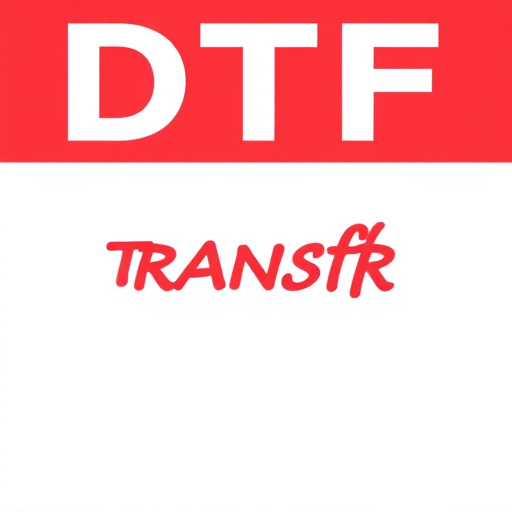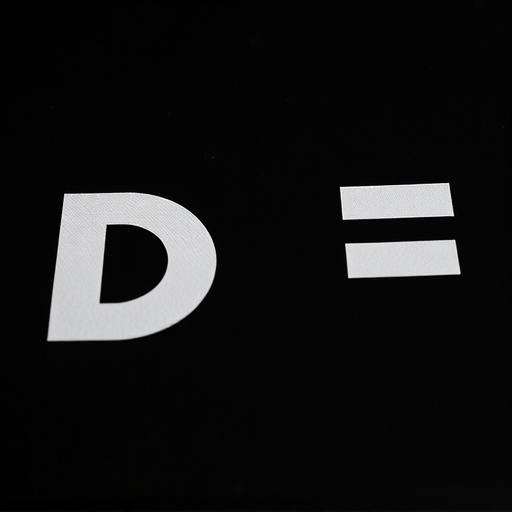Digital film transfer (DFT), specifically Direct-to-Film (DTF) technology, is a game-changer for smaller commercial entities, enabling them to convert analog films into digital formats like TIFF and HD video. This process preserves visual and audio content plus metadata, streamlining archives and post-production workflows. DTF transfer offers significant advantages, including faster turnaround times, superior image quality, and cost savings by eliminating intermediate films. Choosing the right DTF equipment, from basic manual to advanced automated systems, is crucial for efficiency and cost-effectiveness. Adopting DTF enhances productivity, ensures high-quality results, and enables smaller operations to compete with larger studios while preserving film archives for future generations through digital platforms. Real-world case studies highlight successful DTF implementations in film preservation and video production, showcasing its versatility and exceptional results.
In the evolving landscape of media production, efficient film transfer solutions are no longer limited to large studios. Digital Film Transfer (DTF) offers smaller commercial operations a cost-effective and streamlined approach to digitize their content. This article explores the basics of DTF, its advantages for smaller businesses, and provides a comprehensive guide to choosing the right equipment and optimizing workflows. We’ll delve into real-world case studies, highlighting successful implementations and addressing common challenges encountered in the process.
- Understanding Digital Film Transfer: The Basics
- Benefits of DTF for Smaller Commercial Operations
- Choosing the Right DTF Equipment and Software
- Optimizing Workflows: Efficient Film Transfer Processes
- Common Challenges in Small-Scale Film Transfer and Solutions
- Case Studies: Successful Implementation of DTF in Small Commercial Settings
Understanding Digital Film Transfer: The Basics
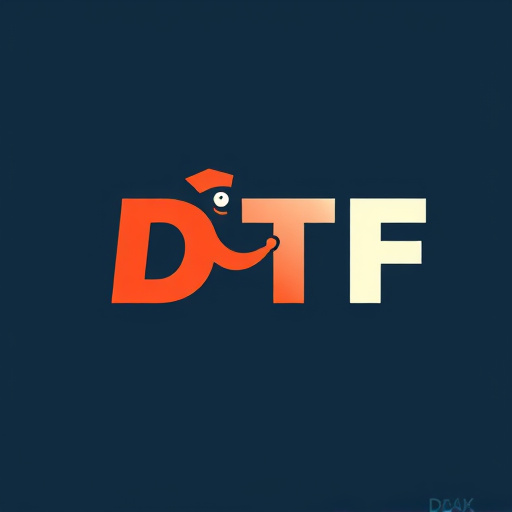
Digital film transfer (DFT), or DTF Transfer as it’s often abbreviated, is a process that converts analog film footage into digital formats for preservation and distribution. This technology plays a pivotal role in smaller commercial operations by offering an efficient, cost-effective way to modernize archival films and make them accessible in the digital age. The basic process involves scanning the film frame by frame, digitizing the image data, and converting it into a compatible digital format like TIFF, JPEG 2000, or even high-definition video formats.
DFT Transfer isn’t just about converting the visual content; it also encompasses preserving the original audio track and any additional metadata embedded in the film. This comprehensive approach ensures that the transferred digital file accurately represents the original work, down to its auditory and technical nuances. For smaller commercial operations, this means they can efficiently manage their archives, streamline post-production workflows, and potentially open up new revenue streams through digital distribution or online streaming services.
Benefits of DTF for Smaller Commercial Operations

For smaller commercial operations, Direct-to-Film (DTF) transfer offers a multitude of benefits that can significantly enhance their workflow and reduce costs. This advanced printing method eliminates the need for intermediate films, streamlining the process from exposure to development. As a result, DTF Transfer allows for faster turnaround times, enabling businesses to meet tight deadlines and maintain efficient production schedules.
Moreover, DTF technology provides superior image quality, ensuring sharp details and vibrant colors in each print. This consistency is particularly valuable for smaller operations that rely on high-quality outputs to make a strong visual impact. By adopting DTF Transfer, commercial entities can achieve professional-level results while maintaining a cost-effective and versatile printing solution.
Choosing the Right DTF Equipment and Software
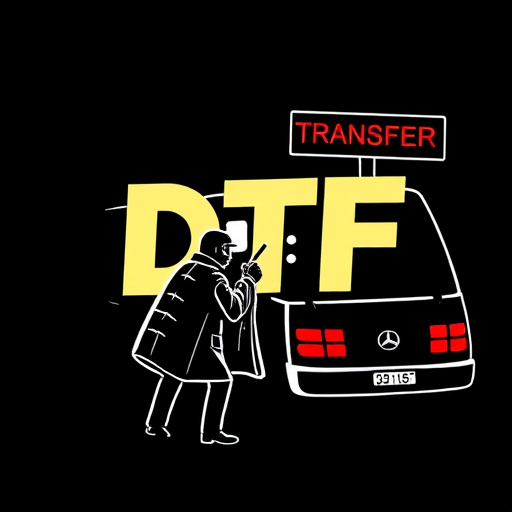
When it comes to adopting film transfer solutions, smaller commercial operations should focus on selecting the most suitable DTF (Direct-to-Film) Equipment and Software. The market offers a range of options, from basic manual systems to advanced automated ones. For smaller businesses, an automated DTF solution can streamline the process, reduce labor costs, and improve overall efficiency.
Key considerations include the desired output quality, format compatibility, ease of use, and budget. Modern software often includes features like digital restoration tools, batch processing capabilities, and cloud-based storage options. Investing in high-quality DTF Transfer equipment ensures that your commercial operations can handle film transfers with precision, preserving the original content while meeting modern distribution demands.
Optimizing Workflows: Efficient Film Transfer Processes

In today’s digital age, optimizing workflows for efficient film transfer processes is more crucial than ever for smaller commercial operations. Adopting advanced technologies like Digital Tape-to-File (DTF) transfers offers significant advantages in terms of speed, quality, and cost-effectiveness. By streamlining the conversion from film to digital formats, DTF Transfer solutions significantly reduce the time typically spent on manual, error-prone methods.
This shift not only enhances productivity but also ensures consistent, high-quality results. Smaller operations can now compete with larger studios by leveraging these efficient film transfer processes. With DTF Transfer, businesses can quickly and accurately migrate their film archives to digital platforms, making them more accessible and preserving them for future generations.
Common Challenges in Small-Scale Film Transfer and Solutions
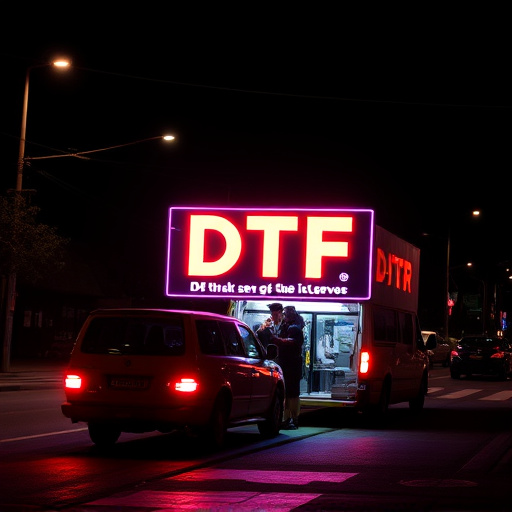
Small commercial operations often face unique challenges when it comes to film transfer, particularly when scaling up their processes for efficient and effective results. One of the primary difficulties is managing the vast amounts of data generated during the transfer process, especially with high-definition content. Traditional methods can quickly become overwhelming, leading to delays and potential data loss.
A DTF (Direct Transfer) approach offers a robust solution by streamlining the workflow. This method enables direct digital transfer, eliminating intermediate steps and reducing the risk of file corruption. With advanced software and hardware, small operations can now enjoy faster transfer speeds, improved data integrity, and better overall control over their film assets, ensuring a smoother and more manageable process.
Case Studies: Successful Implementation of DTF in Small Commercial Settings
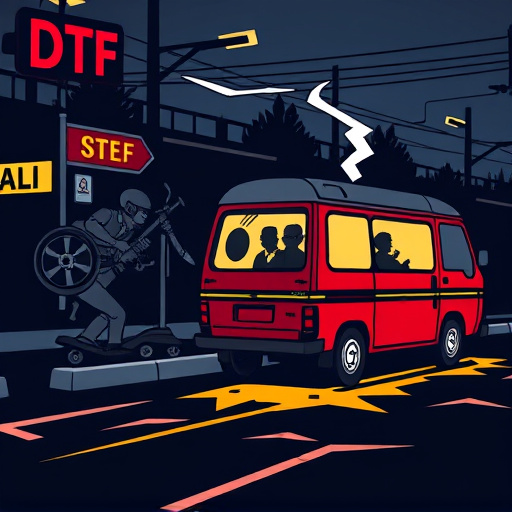
In recent years, Digital Transference (DTF) technology has proven its versatility and effectiveness in various commercial settings, particularly for smaller operations looking to enhance their film transfer processes. Case studies highlight successful implementations where DTF has revolutionized the way businesses handle archival and restoration projects. For instance, a local film preservation society utilized DTF to digitize their ancient collection, ensuring each frame was meticulously captured and preserved for future generations. This process not only improved accessibility but also allowed them to share their rare films with a global audience online.
Another successful story comes from an independent video production company that adopted DTF for transferring vintage footage to modern formats. The seamless transition enabled them to offer clients high-quality, restored videos, opening up new opportunities for film restoration services and bolstering their reputation in the industry. These real-world applications demonstrate how DTF Transfer solutions can be scaled and tailored to meet the unique needs of smaller commercial entities, offering both cost-effectiveness and exceptional results.





